Kanto and Tohoku
After campaigning in Shikoku and Kyushu, the only remaining regions still just outside of Hideyoshi’s grasp were Kanto and Tohoku, who would both soon be brought into line.
After campaigning in Shikoku and Kyushu, the only remaining regions still just outside of Hideyoshi’s grasp were Kanto and Tohoku, who would both soon be brought into line.

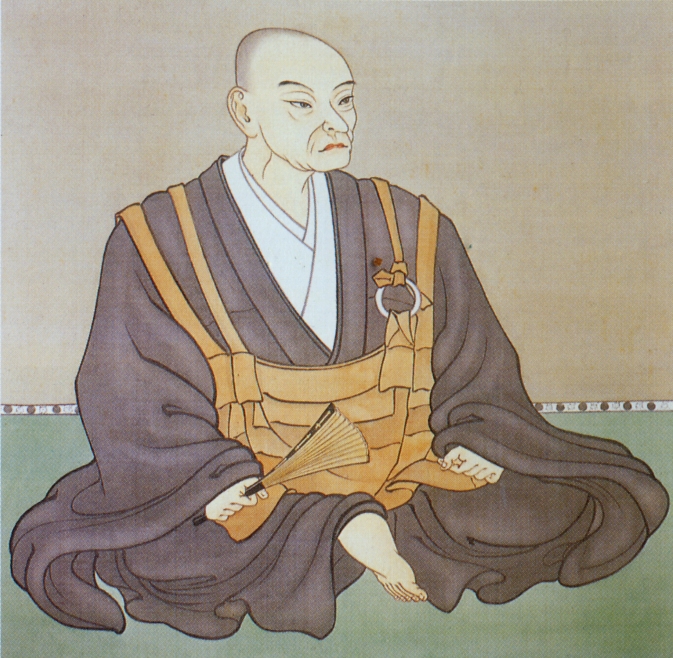







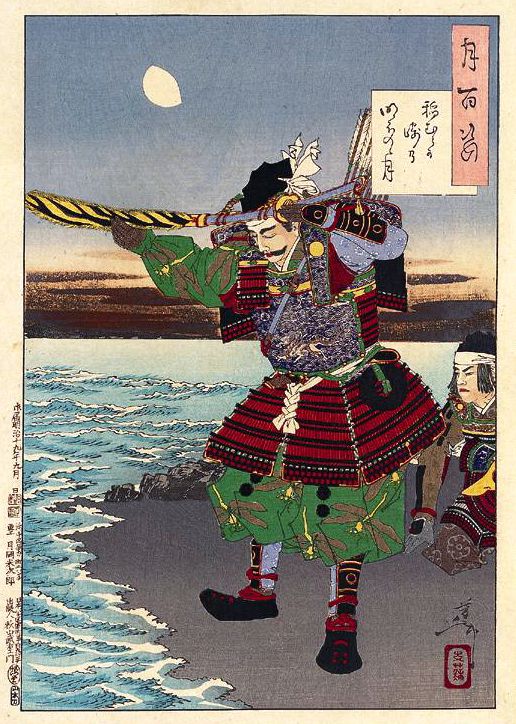
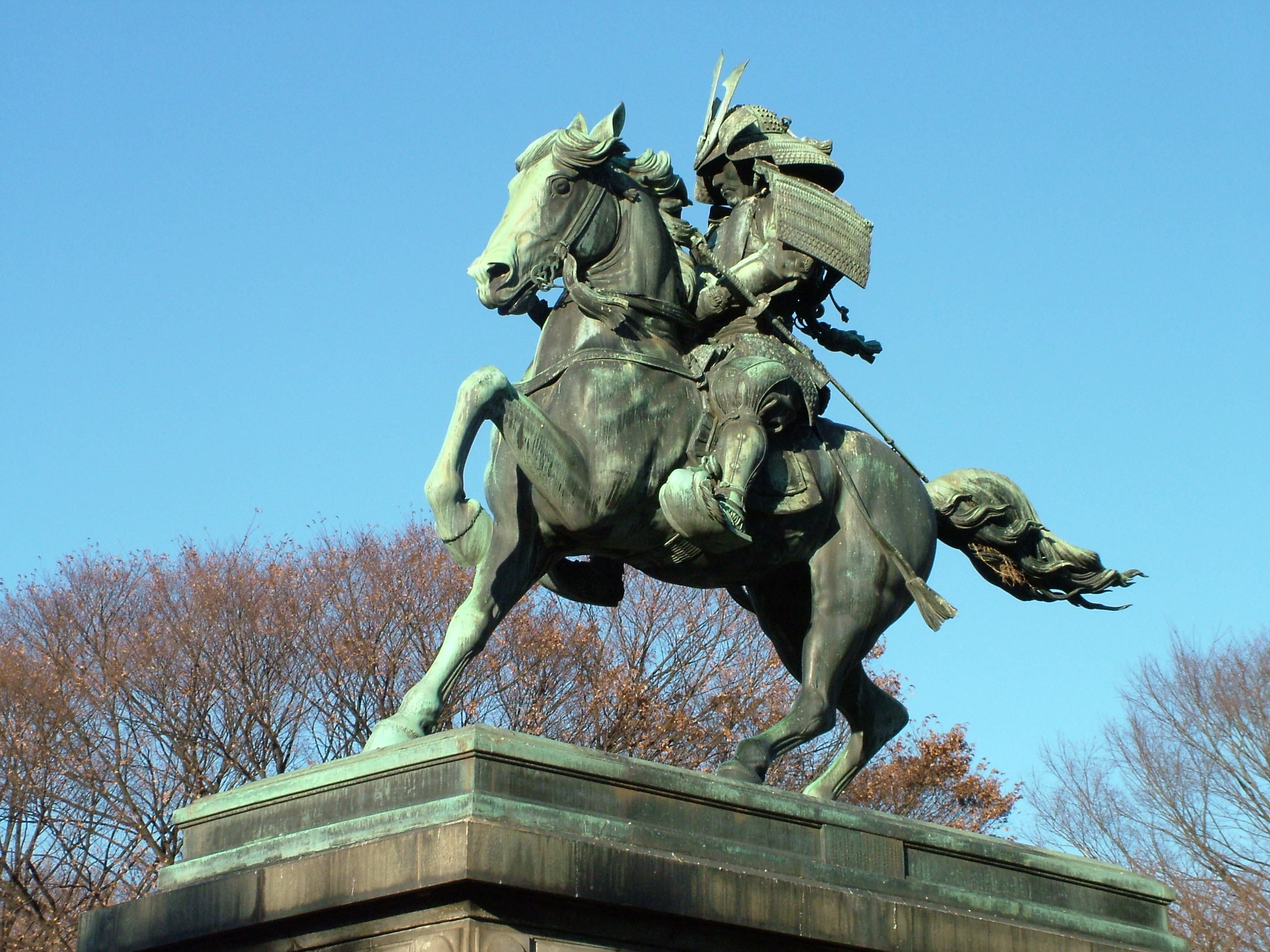









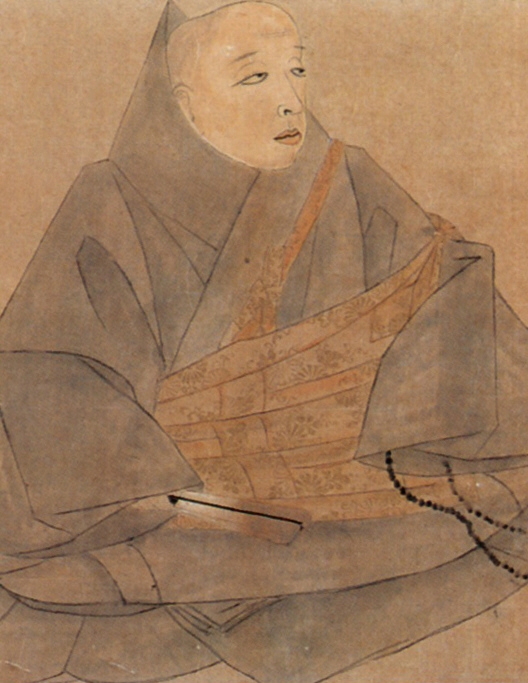




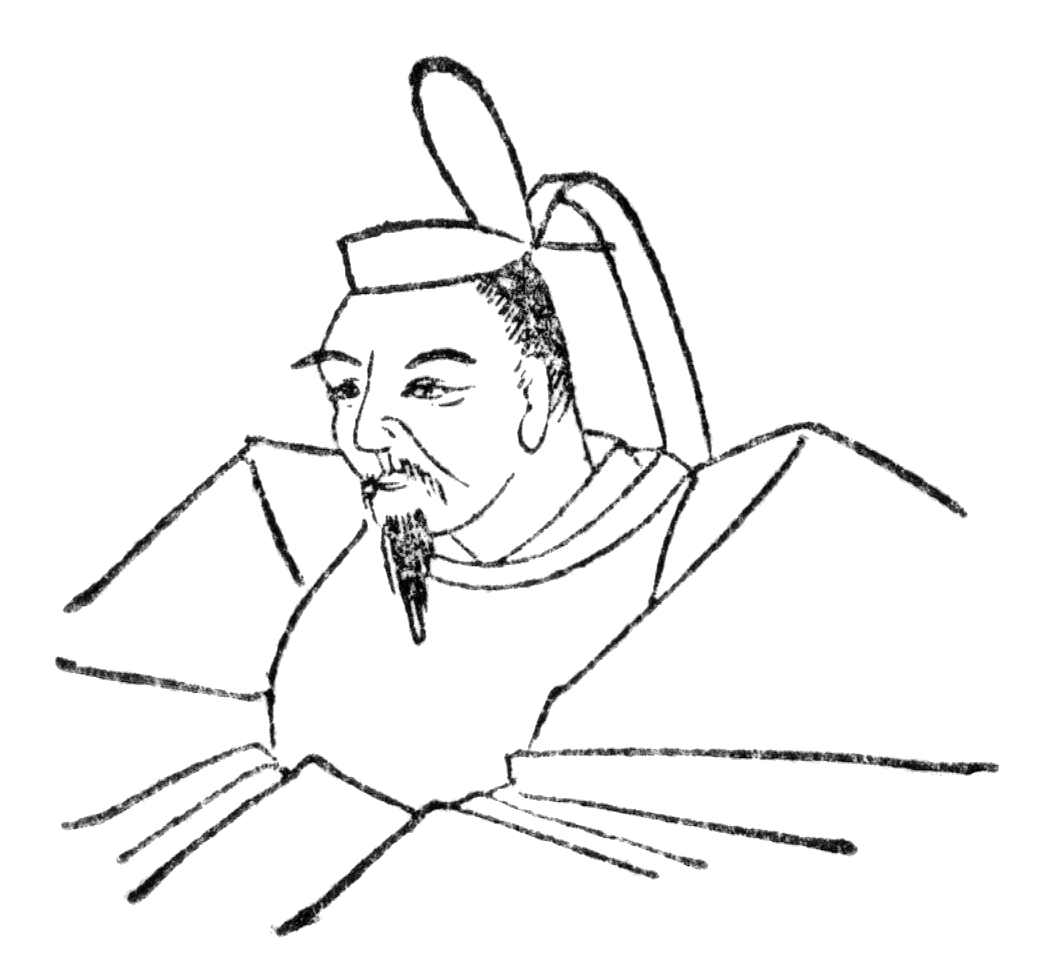







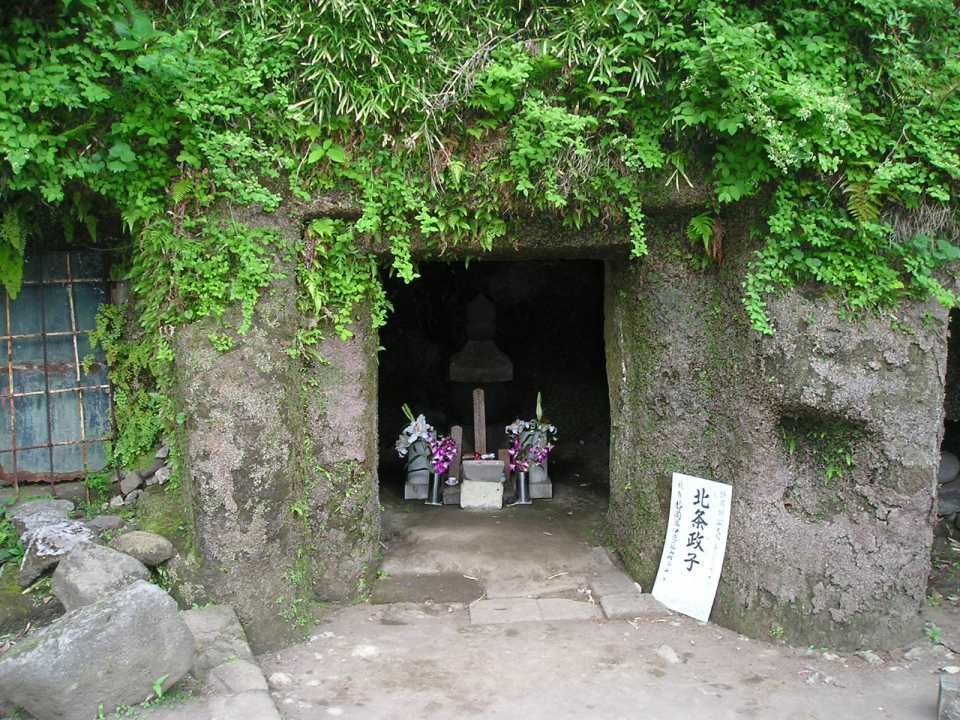



Recent Comments